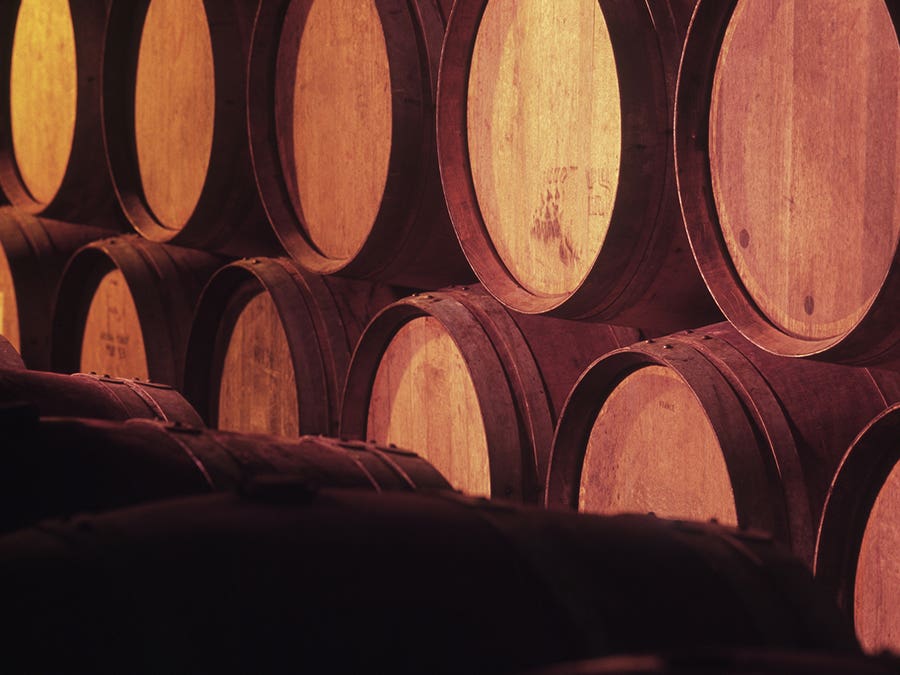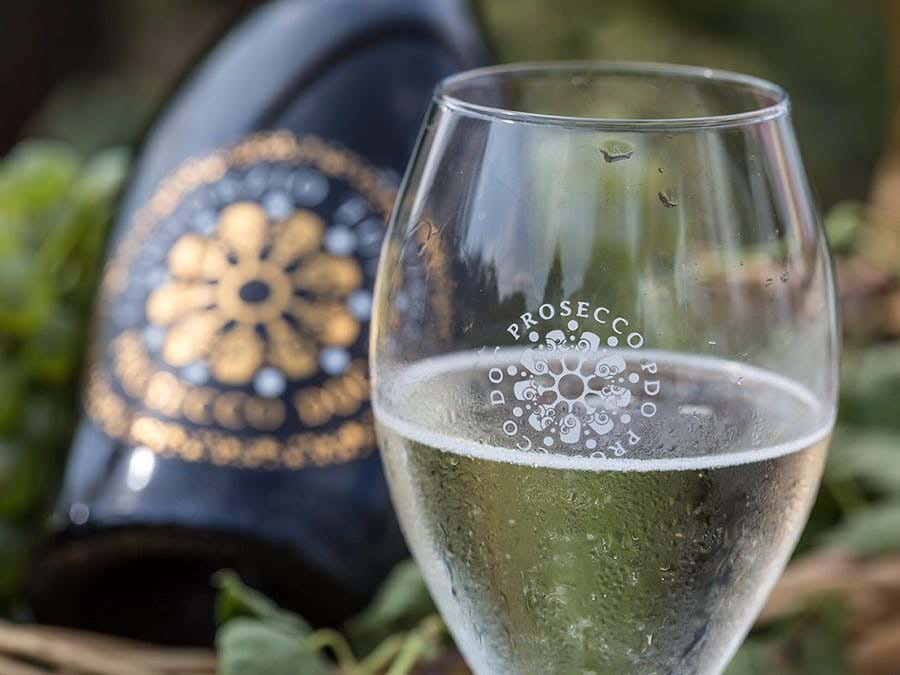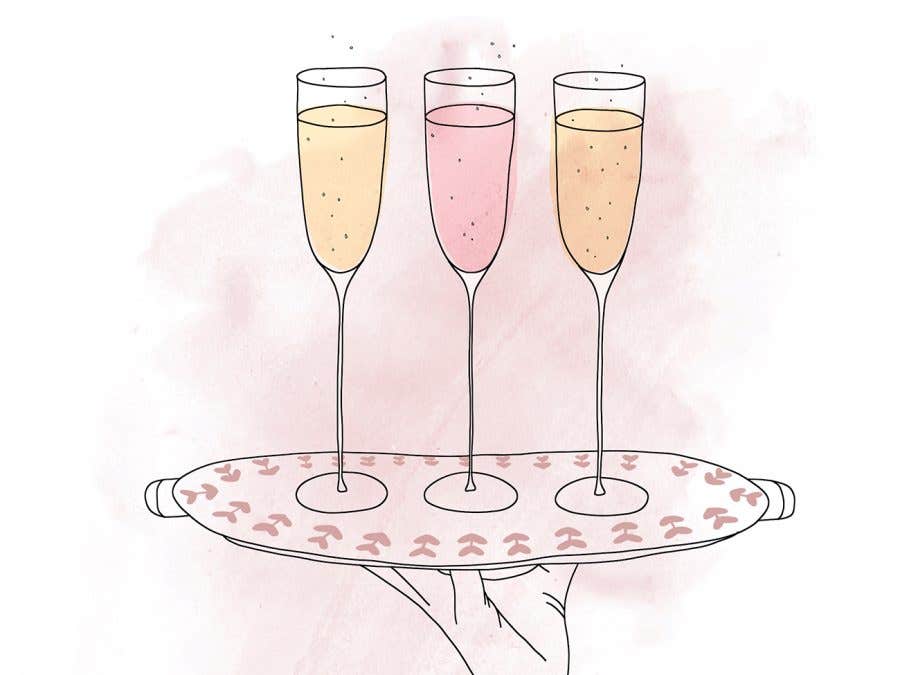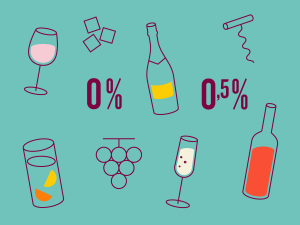The old world
Winemaking goes back to antiquity, with the first evidence of viticulture being found in the Mediterranean region and the Middle East. Vine stocks (and the taste for wine!) was spread via the conquest of civilizations. This means wine has been made for a very long time in European countries such as France, Italy, Spain, Portugal, Germany, Austria and Switzerland, as well as in Greece and Lebanon. In general terms, these are the countries included in the designation “Old World.”
The new world
“New World” refers to countries in North America (Canada, the United States), South America (Chile, Argentina, Uruguay) and Oceania (Australia, New Zealand), as well as South Africa. Vines were transported to the New World over the last 400 years by explorers from the Old World; viticulture and winemaking were thus propagated by the French, Dutch, Italian, Spanish and Portuguese who travelled to these new territories.


Two different ideas about wine
More than being simply two geographic distinctions, the Old World/New World distinction also refers to two styles of winemaking. In general, wines from Europe are more delicate, complex, elegant and restrained, with more obvious acidity and better aging potential. New World wines are seen as more jammy, drinkable and seductive, as fatter and woodier, less austere and acidic—in short, more charming! But in reality, this distinction is less and less evident, since some New World wines are particularly elegant, and Europe is now attempting to produce wines that are more seductive. So happily these stereotypes are disappearing!
Related posts
-
Read more
SAQ shelves are lined with more than 300 wines and spirits produced abroad and bottled here, a process that has a positive impact on the environment and workforce in the province.
-
Read more
In recent years, Prosecco DOC (Denominazione Di Origine Controllata) sales have dizzying new heights. Read on to learn more about the accessible bubbles adored the world over.
-
Read more
Bubbly’s rising popularity has resulted in a wide variety of bottles to choose from. Here’s a handy guide to finding the one that’s right for you!
 Access to SAQ Inspire personalized services and store inventories are unavailable at the moment.
Access to SAQ Inspire personalized services and store inventories are unavailable at the moment. Free in-store delivery with purchases of $75+ in an estimated 3 to 5 business days.
Free in-store delivery with purchases of $75+ in an estimated 3 to 5 business days. 













